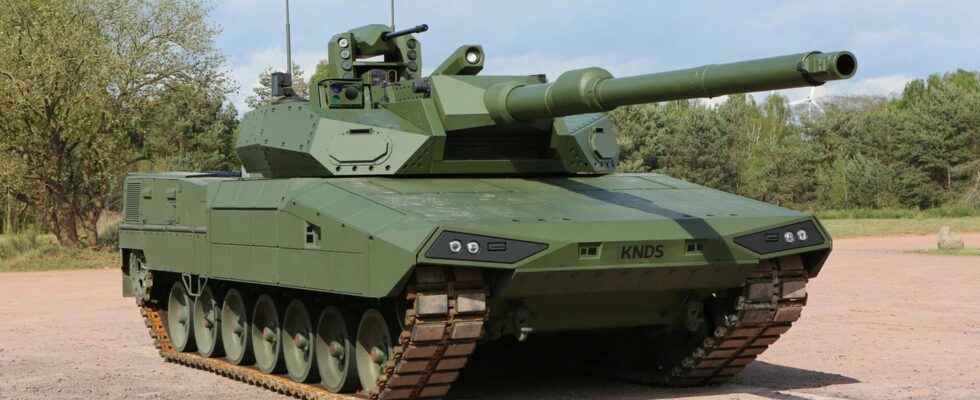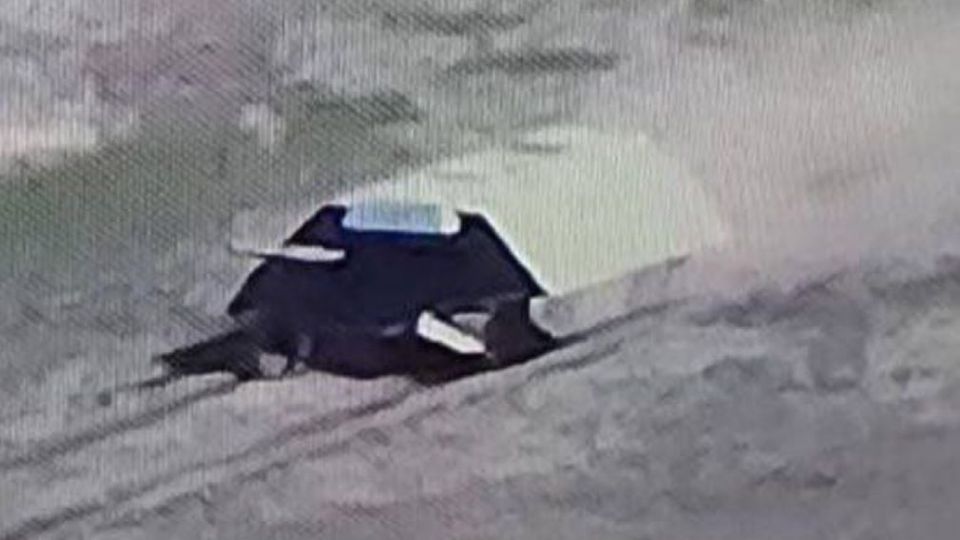Upgrade
Leopard 2 A-RC 3.0 – German battle tank now with powerful 140 mm cannon
Leopard 2 A-RC 3.0: Old fuselage, new turret – that’s the recipe
© KNDS / PR
The next Leopard 2 will be on display at the Eurosatory 2024 arms fair. A quantum leap. The battle tank now has an unmanned turret, a secondary machine gun and a 140-millimeter gun.
The German-French defense company KNDS (KMW+NEXTER Defense Systems) has introduced a new version of the Leopard 2. Until now, the new generations of the German The main battle tank has undergone evolutionary development stages, this time it is a big leap forward. This is due to the turret – it is now completely unmanned and can be equipped with a 140 millimeter caliber cannon – previously the caliber was 120 millimeters.
The Leopard 2 A-RC 3.0 is intended to respond to the threat posed by Russia and to close the time gap until the completely new MGCS (Main Ground Combat System) is put into service, which can realistically only be expected to be in service with the troops from 2045 onwards.
The exposed turret is unmanned, so the three-person crew can be accommodated in a smaller protective capsule in the fuselage. An important point: The Leopard 2 A-RC 3.0 was on a diet and is said to be around ten tons lighter than the current Leopard models. However, the weight is still 60 tons.
Leopard 2 A-RC 3.0 with flexible main weapon
The Leopard 2 A-RC 3.0 can be equipped with a 120-millimeter main gun, but can also carry the heavy 130- and 140-millimeter cannons. The weight of the large projectiles alone means that an autoloader is essential. Unlike the Soviet models, the ammunition depot is separated from the crew. The turret and magazines have blowouts. If an explosion occurs, the pressure is directed outwards. According to KNDS, the loader should be able to fire three shots in 10 seconds.
The tank also has an active protection system on the turret, probably a variant of the Israeli Trophy system. To defend against drones, there is a secondary weapon station with a 30-millimeter machine gun with chain gun technology. This means that the ammunition is fed mechanically and not by the gas pressure of the explosions. Together with airburst ammunition, which explodes in a hail of fragments at a preset distance, the Leopard 2 A-RC 3.0 should be able to defend itself effectively against drones.
All models can be upgraded to Leopard 2 A-RC 3.0
In addition, a launcher is integrated into the turret that can fire two long-range anti-tank missiles that can attack targets outside the range of the main gun. Drones can also be launched. Overall, the turret is significantly flatter than its predecessors, but this should not affect the cannon’s swivel range. However, the secondary weapon station with the machine gun is built on the low silhouette.
KNDS says that the Leopard 2 A-RC 3.0 is fully backwards compatible. All currently active Leopards can be converted. Given the extensive redesign, it is likely that only the hull, engine and undercarriage will be able to be reused.
Large system meets mini-opponent
The Leopard 2 A-RC 3.0 is also a response to the war in Ukraine. The secondary weapon station in conjunction with the Trophy system should provide effective protection against drones. Whether this is sufficient remains to be seen. In the encounters in Ukraine, tank-to-tank combat is very rare. Most tanks are initially damaged and later, when they are left stranded, destroyed. Mines, artillery and drones put the battle tanks under pressure. A battle tank sometimes has to survive a dozen drone attacks. The vulnerability of the large “battle tank” system to mines and artillery remains. In the future, drones will no longer be controlled by an operator, but will attack autonomously as a swarm.
In the Leopard 2 A-RC 3.0, the crew sits in a protective capsule and perceives the surroundings only through sensors and cameras. All of these are little to hardly protected. If they are damaged, the tank is helpless. This effect could be observed on the Russian side. A few weeks ago, a T-90 encountered a Ukrainian Bradley infantry fighting vehicle. Neither its superior main weapon nor its strong frontal armor were of any use to the T-90. The Bradley fired at the Russian tank with its Bushmaster machine gun. The first hail of bullets probably destroyed the Russian tank’s aiming optics, after which it was defenseless.





